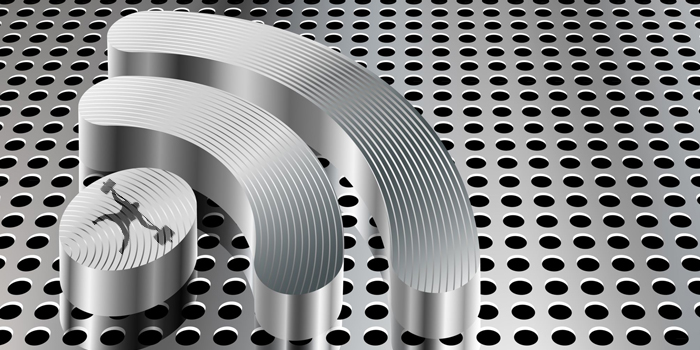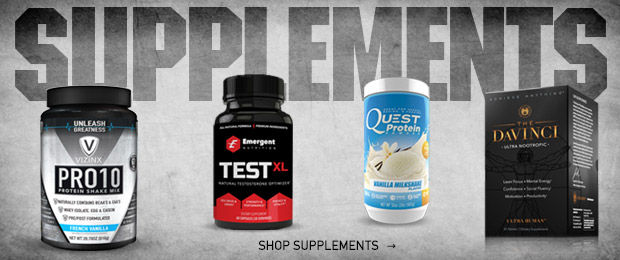
I just found a goldmine. Earlier this month, I managed to locate an interview I did in 2014 with bodybuilder Lee Haney and the one and only Dr. Squat: Dr. Fred Hatfield (rest in peace).
Until now, it’s never been published, so consider this one an elitefts exclusive.
What has Lee been up to? (0:18)
Lee doesn’t really answer my question here. He thanks Fred for all he’s done — to give “honor where honor is due.” Lee talks about how Dr. Squat helped him prepare for the 1984 Olympia, specifically his nutrition advice. Lee says he’ll never forget something Fred said to him, and it’s something he really took to heart:
Can’t train like a horse and eat like a bird.
Once he’s done thanking Fred, Lee says he’s been up to a lot of things. He’s been working with people from all different levels, ages, and backgrounds, and in doing that, he claims to be re-inventing himself and refuses to become a fossil.
He was also very excited to talk about the creation of the International Association of Fitness Science, a program that offers certifications in bodybuilding science and functional training.
What does Lee cover in bodybuilding sciences? (5:08)
Through the International Association of Fitness Science, Lee’s helped teach a lot of things. One of those bigger things is teaching how to go about the different changes in training the physique. He calls nutrition a “biggie,” and says that 75 percent of training is nutrition and 25 percent is the physical aspect of training.
These certification courses also cover the basics and foundations of muscles, different training systems based on goals and body types.
Who makes up the bulk of Lee’s clientele? (6:25)
Lee says it’s a combination, but the majority of people he trains and teaches are interested in general fitness or are just part of the general population.
If I wanted to make a living off of people who looked like me, then I’m gonna starve.
Still, he has some bodybuilders training for competitions. For those clients, he finds himself fixing people’s diets — something he blames on magazines sharing high-ranking bodybuilders’ diets and routines. The problem with that is that if you’re an average Joe who’s just starting out, jumping into those pro diets and routines can be dangerous. And unfortunately, he’s seen too many people do that.
Has Lee always adhered to a certain philosophy for training differently at different phases? (8:29)
In a nutshell, Lee tells me “yes.” But he also explains that he’s head to learn along the way.
At the time of this interview, Lee’s 54 years old, and he boasts about having relatively few health problems that usually come with training at the higher circuits of bodybuilding and his age. He says it’s because he hasn’t ever overworked himself of jumped into anything that’s far too difficult or heavy. He is not ashamed to say he’s lifted lighter weights when he’s more tired.
Basically, it’s because he does things right. He stimulates his body instead of annihilating it.
Lee quotes his dear old pal Dr. Squat and admits to using this one all time:
More is not better; better is better.
Fred bursts into laughter, and I couldn’t help but join in.
Our laughter doesn’t end there, as Lee also attributes some health to good genetics as well. It helps to be built for sport. Lee compares Fred to Elmer Fudd, the bald guy from Looney Tunes who chases Bugs Bunny with a gun, while he compares himself to Hercules. Their joints and tendons are totally different as are their respective sports.
I would snap in half with 700 to 800 pounds on my back!
Our conversation continues and heads to the subject of lifting heavy weights.
Once again, Lee gives honor where honor is due and explains that Fred’s Compensory Acceleration Training — which, by the way, is a real game-changer in powerlifting and bodybuilding — has prevented Lee from overloading his joints and from tearing his body up in the pursuit of strength.
Lee has been passing on Fred’s knowledge of Compensory Acceleration Training to the general population. He’s also put emphasis on getting bigger by increasing weights with perfect form. When you don’t have proper form, especially with heavier weights, that’s putting yourself at risk for injury.
How did bodybuilding get to where it is now? (18:15)
I couldn’t help but notice that Lee Haney was in a strange in-between spot in terms of bodybuilding eras. He was placed between bodybuilders who weren’t huge — they tended to have what Lee refers to as a symmetrical taper: heavy on top with a thin or small waist — and then the era of “mass monsters.”
Lee attributes the symmetrical taper to the rules of his era of bodybuilding. That was part of the ideal body back then, and it grew out of fashion with the judges. When the judges change their preferences, so does the body type.
I don’t think Fred was all that vocal during the interview until this point:
Because there’s no more symmetry left in bodybuilding, bodybuilding is pretty much dead. You (Lee) were the last — in fact, you were the greatest bodybuilder the world has ever seen. The guys nowadays have the biggest bodybuilders, but you are the best.
Lee thanks Fred, and adds that he hopes that bodybuilding will return to the symmetrical taped look he misses.
I couldn’t help but wonder how bodybuilding changed from that symmetrical taper to the mass monster look.
Fred is quick to pin it on IGF, or Insulin-like Growth Factor, which causes the modern bodybuilders’ big bellies.
I clarify that I understand what’s causing it in terms of science and PEDs, but I meant how did the look become acceptable.
We don’t really find an answer, but Lee lists some bodybuilders who’ve recently impressed him: Phil Heath, Shawn Rhoden, and Cedric McMillan.
I had so much hope in Cedric having the physique. And when I saw those guys pose, man, it brought me to tears. His (Cedric’s) symmetry was so pretty, so nice, his lines!
These bodybuilders are the ones giving Lee some hope that the thick waists and huge bodies are on their way out.
What kind of contest diet was Lee on in his heyday? (27:46)
Back in Lee’s day, he and most bodybuilders he knew never had to train down. He had to train up!
I didn’t know what he meant by that, so he was more than happy to explain what he meant by that. By train down, he means to train or trim down. Training up, then, means that he had to gain more weight.
If you can’t flex it, don’t carry it.
He recommends holding body fat at nine to 10 percent at most during competition season. Hell, he remembered eating ice cream before Olympia — and on Dr. Fred Hatfield’s recommendation!
Nowadays, Lee doesn’t see many bodybuilders train up — most of them train down.
What did a day of Lee’s no “hard diet” look like? (33:20)
He broke down his meals to me and Fred:
- Breakfast: Protein pancakes made with two whole eggs, whole-wheat batter, five egg whites, safflower oil, and he’d top it with pure maple syrup — not the processed junk! (Sorry, Mrs. Buttersworth.)
- Mid-morning snack: Protein Deal and pineapple.
- Lunch: Chicken or fish, sweet potatoes, sautéed spinach with onions topped with salsa for flavor.
- Afternoon snack: Whole eggs and five egg whites, brown rice with salsa, and water — always water!
- Dinner: Fish or chicken, sweet potatoes, and pineapple.
- Evening snack: Popcorn or melons.
For Lee, dieting has always been a pleasant experience. In fact, his diet hasn’t really changed much.
Did Lee do any aerobics when getting ready for a contest? (38:22)
Very little. He’d do 12 to 15 minutes after his workout, usually on the treadmill or bike.
Dr. Fred circles back to the first question: What is Lee doing now? (39:00)
Lee really does have a lot going on. In 2014, he’d started up multiple wellness and fitness challenges on his website, LeeHaney.com, and in the interview, he encourages listeners to give it a try.











Do you have a list of the athletes that Fred trained / advised ?
Thanks Peter